
Windows 10, like its predecessors, offers multiple ways to access shut down, restart, hibernate and sleep options in Windows 10. You can access shut down options by clicking power button in the Start menu, or right-clicking on the Start menu and then clicking Shut down or sign out, or simultaneously pressing Alt + F4 keys after minimizing running programs.
Shut down options can also be accessed from the login screen as well as the Ctrl + Alt + Del screen which appears when you simultaneously press Ctrl + Alt + Del keys. And for those who would like to shut down, restart, hibernate or sleep using keyboard shortcuts, there are ways to shut down, restart, hibernate or sleep Windows 10 using keyboard shortcuts as well. On top of that, you can also use Cortana to shut down, restart, hibernate and sleep your Windows 10 PC.
A large chunk of PC users running Windows 10 prefer accessing shut down options by navigating to the Start menu. If the Start menu is not opening for some reason, one can always right-click on the Start button to access these shut down option. While most users prefer using these built-in options to access shut down options, there are users who prefer having shut down, restart, hibernate, sleep and sign out options on the desktop for easy access.
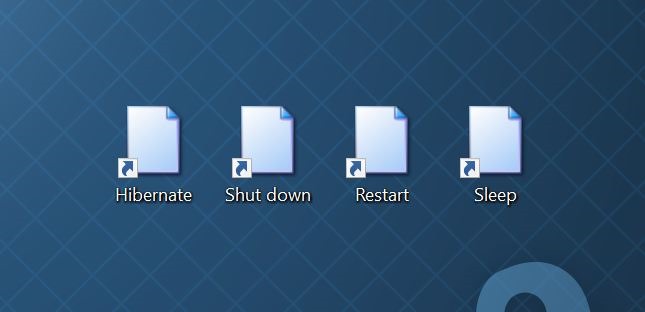
Create shut down, hibernate, restart, and sleep shortcuts on Windows 10 desktop
If you also prefer having shut down, restart, hibernate, sleep and sign out options on the desktop, you can do so by following given below directions.
Step 1: Right-click on the empty area of the desktop, click New, and then click Shortcut to open Create shortcut wizard.
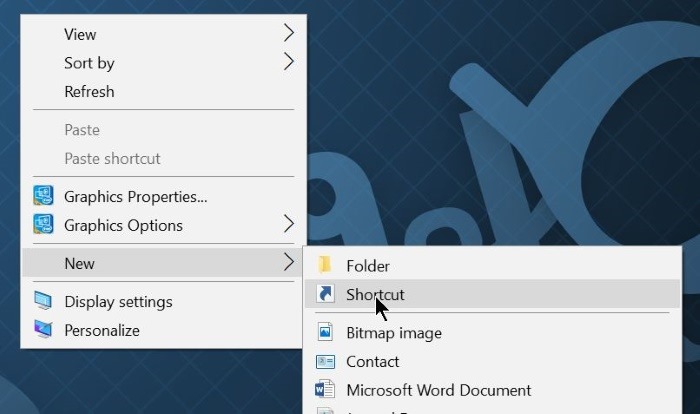
Step 2: On the home screen of Create Shortcut wizard, type the following commands shut down, restart, hibernate, sleep and sign out Windows 10. After entering a command, click Next button.
For shutdown:
Shutdown.exe
For restart:
shutdown -r -t 0
For log off:
Logoff: shutdown -l -t 0
For hibernate:
rundll32.exe powrprof.dll, SetSuspendState 0,1,0
In the above command, replace “C” with the drive letter of the drive where Windows 10 is installed.
Important: If hibernate feature is turned on, the Hibernate command will put your PC into hibernation. When hibernation is turned off, the same command will put your PC in to sleep mode.
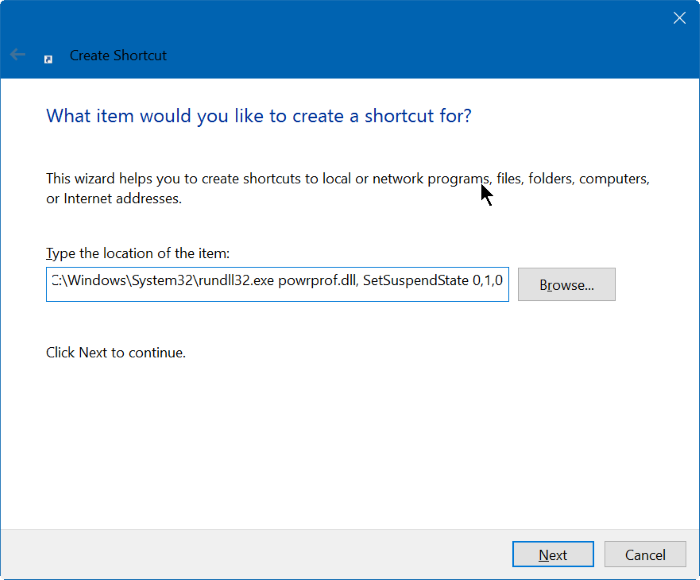
Step 3: Finally, you need to give a name for your new shortcut. If you have entered shut down command, name the shortcut as shut down and then click Finish button to create the shortcut on the desktop. By following this procedure and using above mentioned commands, you can create desktop shortcuts for shut down, hibernate, restart, sleep and sign out operations.
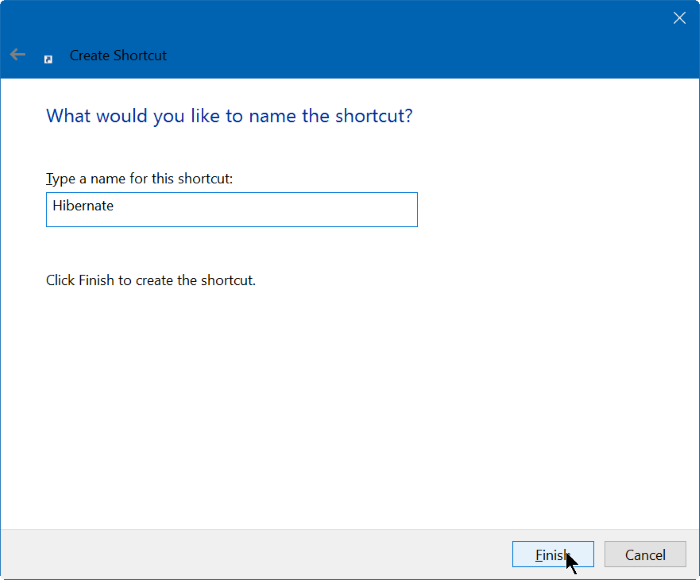
Tip: If you want to change the default boring icon of a desktop shortcut, right-click on the newly created shortcut on the desktop, click Properties, click Change Icon button, and then select one of the available icons. If you want to choose a custom icon, click the Browse button and then navigate to the icon file (the file must be in .ico format).
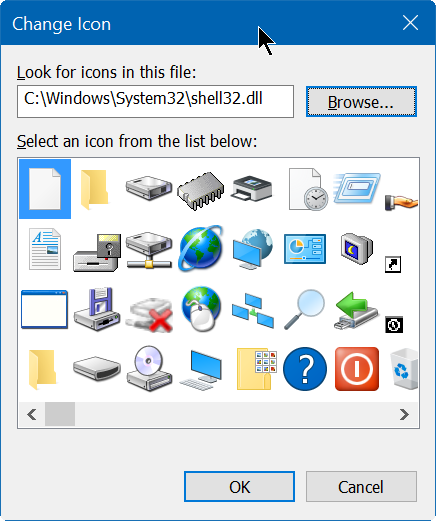
Pin shut down, hibernate, and sleep shortcuts to taskbar in Windows 10
Step 1: Follow the above mentioned procedure to create shut down, hibernate, restart, and sleep shortcuts on Windows 10 desktop.
Step 2: Once you have these shortcuts on desktop, right-click on a shortcut and then click Pin to taskbar option.
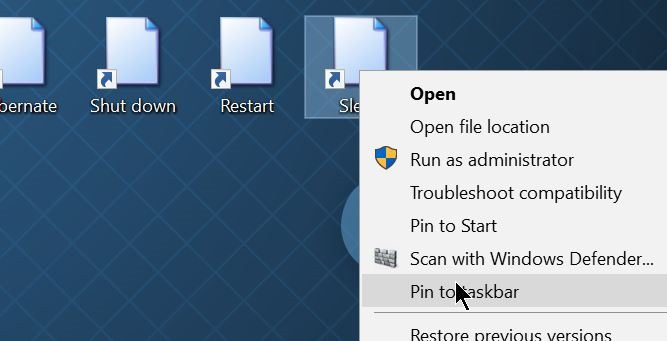

No comments:
Post a Comment